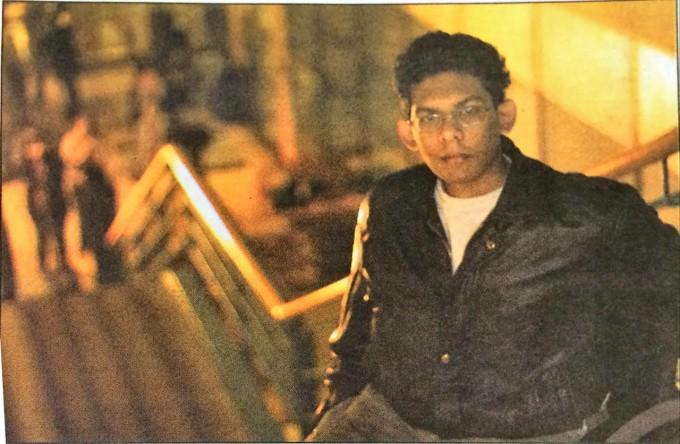By Sandie Benitah
While most students head for the nearest exist at the sound of a fire alarm, physically-challenged students are told to stay put.
In fact, when impending danger makes every minute feel like an eternity, students with disabilities must call security to let them know of their whereabouts, wait for security to then inform a firefighter of the situation and wait for someone to come to their aid.
But as some disabled students recently discovered, help may not always be on its way.
During the winter exam period, several students were writing their finals in the Access Centre, located on the third floor of Jorgenson Hall, when the fire alarm sounded.
The elevators automatically shut down and students immediately called security. The students, along with aids and volunteers, waited about 20 minutes before they called security back and were told it was a false alarm.
“It was awkward,” said Tanya Lewis, coordinator of the Access Centre, describing the moment of uncertainty. “We need an option that can give us as much flexibility as it can.”
A better option is exactly what Lewis and the rest of the Access Centre have been working on. So far, the centre, along with Ryerson security, have arranged a pick-up spot outside of room 1300 in Jorgenson Hall.
From there, students have four exit options. They can call security for assistance, use either of the two stairwells to the main floor or take the access ramp to the adjacent Kerr Hall building, which has a light at the door indicating if an alarm was set off in that building.
But for 27-year-old Regan Grant, there are no options that could ease his concerns.
Confined to a wheelchair, the newly-registered liberal arts student said he has accepted the fact that he might always be the last one out of a burning building.
“There needs to be more planning,” he said. “Even though there’s protocol in place, I’ve never seen things work out efficiently.”
Grant said that efficiently happens when there is communication.
“There needs to be a more direct line of action and communication,” he said. “You can’t inconvenience people or leave them where they don’t know what’s going on. That would be the worst thing for me.”
However, with 300 disabled students roaming the halls of Ryerson, rapid communication can be a problem. According to Lewis, it would be difficult to confine such students to classes on the ground level due to lack of space and because of the need for these students to be treated like any other student.
Grant agrees.
“Even though I need assistance, there’s an urgency there for everyone to get out,” he said. “I shouldn’t get priority. But I guess there’s a fine line between treating everyone equally and meeting special needs.”
Aneil Bachan, a third-year computer science student who is confined to a wheelchair, said the best solution to the problem is to designate rooms on the main floor.
He remembers the time he was stranded on the second floor of his apartment building while an apartment a few floors above him was on fire.
“You get nervous,” he said. “At least the first floor has different exists, different options.”
Lewis said that changing rooms is not an option at this time. Although talks for a room change are continuing with administration, she recognizes the problem stretches beyond Ryerson’s lack of space.
“Space at Ryerson is a big issue, and we’re certainly letting people know of the problem but [the] reality is, people in wheelchairs could be anywhere,” she said.
In the meantime, Ryerson has on-campus fire marshals on the look-out for fire hazards, who are trained in evacuation procedures.
Security is accessible throughout the school and most pay phones around campus have a button which dials security free of charge.










Leave a Reply